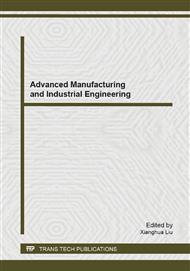p.639
p.643
p.650
p.654
p.658
p.662
p.666
p.670
p.679
Application of Database Technology in Fault Extract for Shipboard Power System
Abstract:
The shipboard power system network dispatch automation was a recently developed technology which can effectively enhance supply and distribution electrical power system safe operation ability and reliability. With science and technology development, the shipboard power system is getting more and more complex, it is very important to extract the fault accurately and quickly. Based on the characteristics of the shipboard power system, the database technology was used to solve the fault extraction for the shipboard power system network. Simulation results showed it can satisfy real time request and process multi-fault situation appeared in the system and show all the fault branches information.
Info:
Periodical:
Pages:
658-661
Citation:
Online since:
August 2014
Authors:
Keywords:
Price:
Сopyright:
© 2014 Trans Tech Publications Ltd. All Rights Reserved
Share:
Citation:


